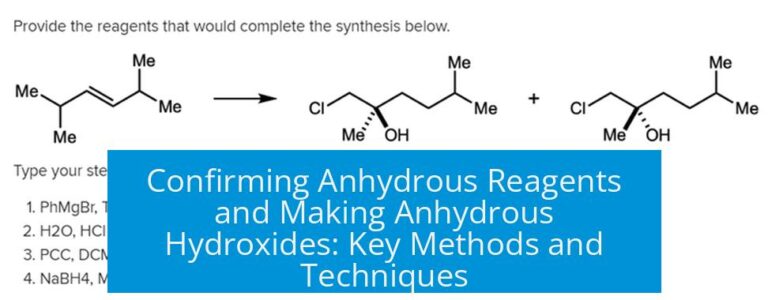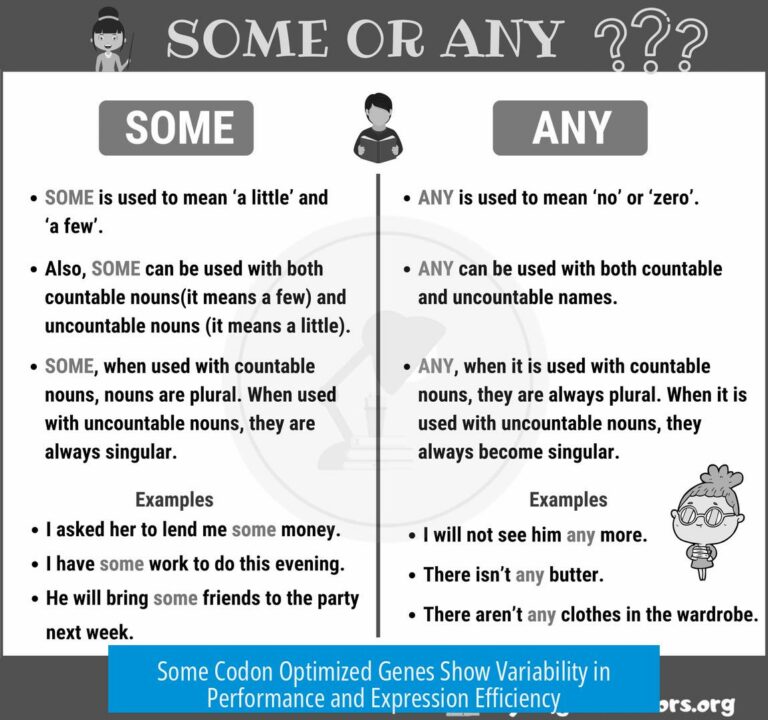/r/chemistry: Let’s Talk About Gloves in the Lab

Gloves are essential in laboratory safety, but their effectiveness depends on the type and proper use. Nitrile gloves are widely favored for general protection, but no glove material is universally impervious. Selecting the appropriate glove material for specific chemicals and situations, frequent replacement, and understanding limitations are crucial for safe handling.
1. Types of Gloves and Their Effectiveness
1.1 Nitrile Gloves: The General Workhorse
Nitrile gloves offer a reliable barrier against many chemicals and physical contaminants. They give users a buffer during unexpected exposures. For instance, nitriles can provide critical seconds to withdraw from contact with harmful substances, reducing immediate damage.
However, nitriles are not impervious to all chemicals. Some solvents and corrosives can penetrate or degrade them. Their heat conduction properties can also pose risks, as gloves transmit heat without warning, leading to burns.
1.2 Butyl Gloves: Protection Against Corrosives

Butyl gloves are thicker and often used when working with aggressive chemicals such as oxidizers and certain corrosives. They resist penetration but are prone to punctures due to their bulkiness. Layering thinner nitrile gloves underneath can add an additional safety layer and reduce direct skin contact if the outer glove is compromised.
1.3 Vinyl Gloves: Generally Unsuitable for Lab Use
Vinyl gloves show poor chemical resistance. They are rarely appropriate for laboratory tasks involving hazardous substances. Their occasional use in labs is discouraged because they offer minimal protection and deteriorate quickly upon chemical contact.
2. Limitations and Risks Associated with Gloves
2.1 Thermal Hazards Masked by Gloves
Nitrile gloves conduct heat and obscure tactile feedback concerning temperature. A user may not feel the warmth of hot glass or metal held through the glove, increasing the chance of burns. This conduction differs from bare skin exposure, where heat is immediately detected. Users must exercise caution, avoiding handling hot objects while gloved.
2.2 False Security from Glove Use
Improper glove use can increase exposure risks. Wearing gloves does not grant immunity from harm. Failure to choose gloves suitable for the chemical faced or neglecting to replace compromised gloves weakens protection. Excessive trust in gloves may lead some workers to forego other safety measures, which is hazardous.
3. Matching Gloves to Chemical Hazards
3.1 Chemicals with Specific Glove Requirements
| Chemical | Glove Considerations |
|---|---|
| DMAP (4-Dimethylaminopyridine) | Highly skin-absorbable; direct contact even briefly is unsafe. Gloves mandatory during handling and crushing. |
| Molten NaOH / Hydrofluoric Acid (HF) | Extremely corrosive; gloves offering high chemical resistance (like butyl) are essential. |
| Chloroform | Degrades nitrile quickly, causing glove deterioration and loss of grip; alternative glove materials or double-gloving considered. |
3.2 Lessons from the Dimethylmercury Tragedy
Latex gloves failed to protect Professor Karen Wetterhahn against dimethylmercury, a potent neurotoxin that penetrates common glove types. This event showed the critical necessity to match glove materials precisely to chemical permeability data. It dispelled myths about latex gloves’ protection and emphasized using specialized gloves, such as laminate or heavy-duty barriers, for such toxins.
3.3 Industry Standards and Compliance
In industrial labs, Material Safety Data Sheets (MSDS) dictate required Personal Protective Equipment (PPE). Non-compliance jeopardizes safety and employment. Strict glove selection and usage policies based on chemical-specific data reduce accidents and exposures.
4. Laboratory Culture and Personal Experiences
4.1 Academic vs Industry Safety
Academic labs often implement less rigorous safety policies than industry counterparts. This laxity can lead to frequent glove misuse and increased chemical exposure incidents.
4.2 Real-World Encounters with Chemical Exposure
- One lab member experienced numbness in the palm for months after unknown exposure, highlighting gloves’ role in preventing unnoticed skin contact.
- Another had to discard personal clothing contaminated by foul-smelling compounds, underscoring how gloves prevent cross-contamination.
4.3 Psychological Impact of Glove Wearing
Gloves reduce the anxiety of invisible contamination, lessening compulsive hand washing. However, this can lead to excessive glove use or hand dryness if not managed properly. Balancing protection and skin health is important.
5. Additional PPE and Behavioral Considerations
5.1 Lab Coats and Safety
Comfort influences lab coat use; overheating leads some to avoid wearing them except when handling very hazardous chemicals like hydrofluoric acid or oleum. Reduced use can increase exposure risks.
5.2 Gloves as Reminders and Contamination Barriers
Glove-wearing signals PPE protocols and helps prevent contamination transfer. For example, gloves are disallowed at desks to maintain clean surfaces. In the lab, gloved hands reinforce awareness of chemical hazards.
6. Best Practices for Glove Use in the Lab
- Select gloves based on specific chemical compatibility, referring to MSDS or permeability data. Defaulting to nitrile may not suffice.
- Change gloves frequently to prevent breakthrough or barrier failure.
- Avoid handling hot objects with gloves that mask heat; use secondary tools or heat-resistant gloves when needed.
- Never rely solely on gloves; incorporate other safety measures such as fume hoods, eye protection, and training.
- Recognize limitations of glove materials, especially with highly toxic or corrosive substances.
- Follow institutional and industrial PPE guidelines strictly when applicable.
- Remain vigilant about glove integrity and maintain proper laboratory conduct.
Key Takeaways
- Glove selection must suit the chemical hazard; nitrile gloves are versatile but not universal.
- Gloves can transmit heat and mask thermal hazards; handling hot items requires care.
- Frequent glove changes maintain protective efficacy.
- Latex gloves offer limited protection against certain toxins like dimethylmercury.
- Academic labs often have more relaxed glove safety practices than industry.
- Gloves reduce contamination risk and act as visual and psychological safety cues.
- Compliance with MSDS and PPE protocols ensures maximum chemical safety.
What makes nitrile gloves useful despite their limitations?
Nitrile gloves may not block all chemicals fully. They provide a crucial time buffer in unexpected exposures. Many find them reliable for general lab tasks.
Why are butyl gloves often worn over nitrile gloves?
Butyl gloves resist corrosives well but can puncture easily. Wearing nitrile gloves underneath adds a second protective layer.
Can gloves give a false sense of safety in the lab?
Yes. Over-reliance and not changing gloves often increase risk. Some use nitriles without checking their chemical compatibility, raising hazards.
Which chemicals demand special glove choices beyond nitriles?
- DMAP requires gloves as it penetrates skin quickly.
- Molten NaOH or HF must be handled with appropriate gloves.
- Chloroform degrades nitrile gloves rapidly.
What lesson came from the latex gloves and dimethylmercury incident?
Latex gloves failed to block dimethylmercury, a deadly toxin. This tragedy highlights the need to match glove type carefully to chemicals used.
How do academic labs compare to industry in glove use and safety?
Industry follows strict PPE rules per MSDS. Academic labs often lack such rigor, leading to more careless glove use and safety risks.




Leave a Comment